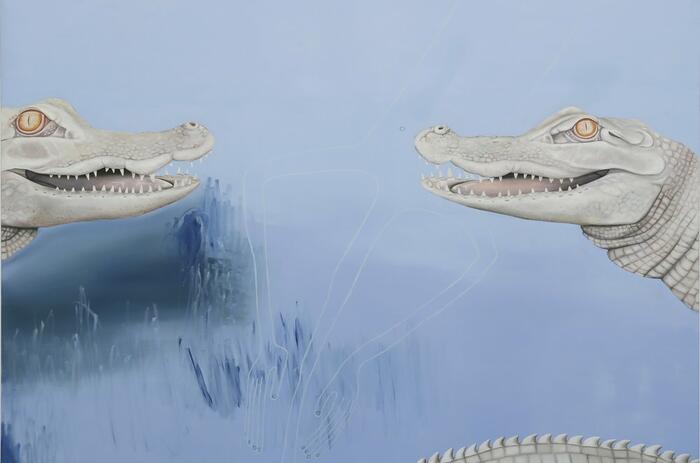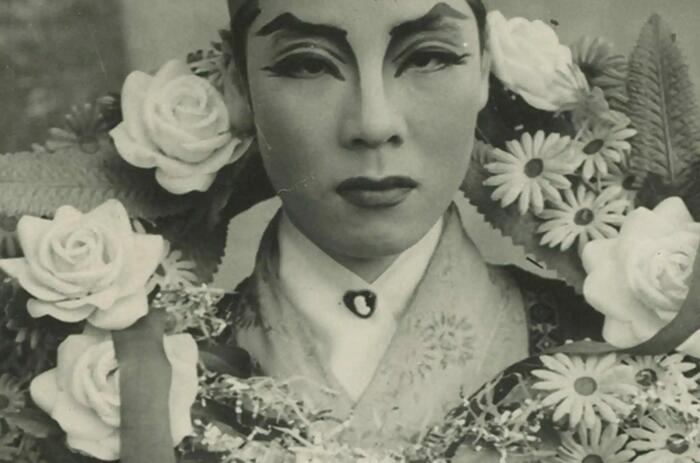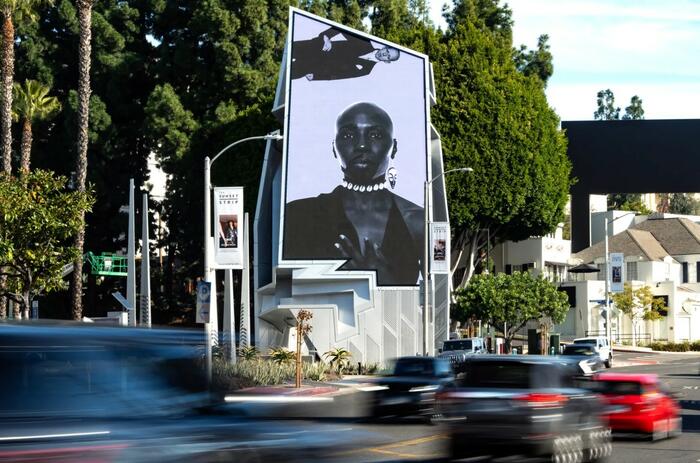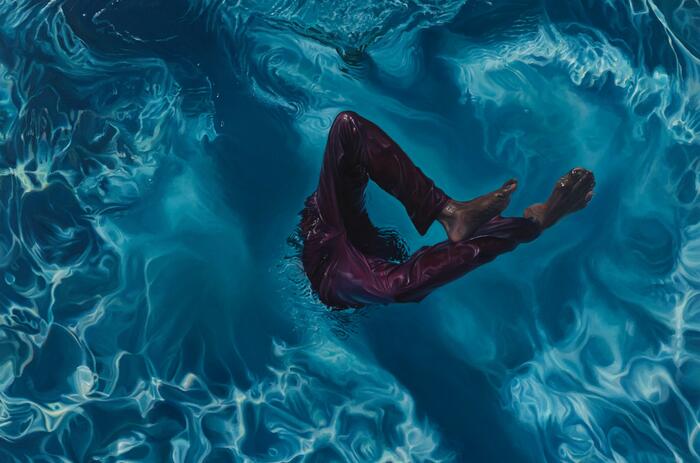THIS MUST BE THE PLACE: INSIDE THE WALKER’S COLLECTION
Grounded in the many meanings and ideas of “home,” This Must Be the Place is a major new exhibition at Walker Art Center showcasing works drawn from across the Walker’s dynamic collections.
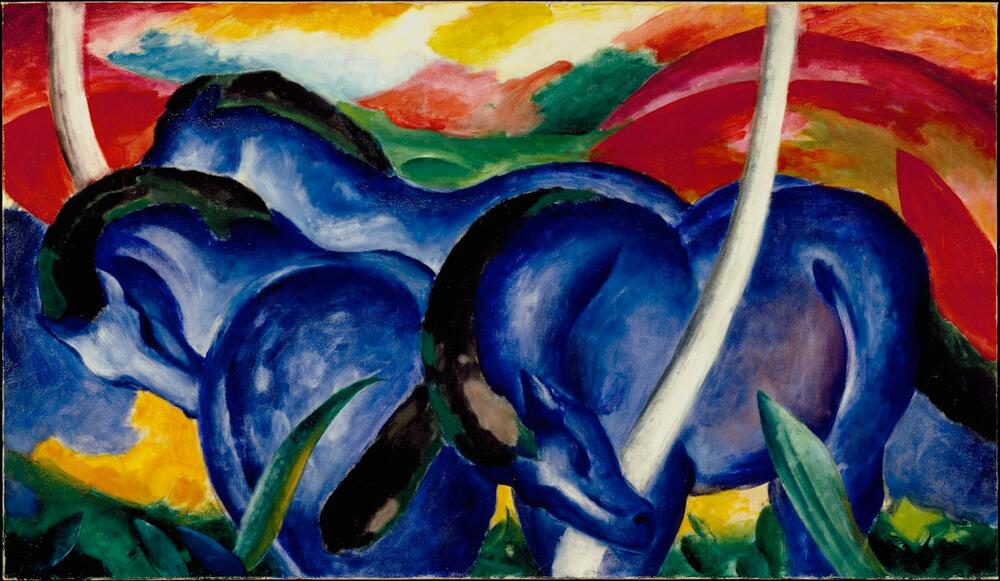
The presentation ranges from iconic pieces to works shown for the first time, offering a place to experience different stories and perspectives, both broad and complex. The exhibition unfolds over three galleries, with spotlight sections that give emphasis to core ideas of community, the urban environment, and the natural landscape.
The Walker's collection features more than 16,000 objects, including works by modern art icons and some of the most influential and celebrated artists of today. In recent years, the Walker has continued to expand its holdings with works by women artists, BIPOC artists, artists working in new media and performance arts, and artists from or with ties to Minnesota. This Must Be the Place reintroduces audiences to the Walker's evolving collection, presenting beloved, touchstone works alongside lesser known but equally important objects as well as new acquisitions. Through new interpretative materials—available in English, Spanish, Somali, and Hmong, the four most commonly spoken languages in the Twin Cities—the installation offers fresh insight into the development of the collection and creates new pathways for storytelling and community engagement.
This Must Be the Place will remain on view through April 29, 2029, with works periodically rotated to capture new and dynamic juxtapositions, highlight recent acquisitions, and share new ideas and artistic innovations. It is loosely organized around the many aspects that define and contribute to the idea of "home," whether experiences of family and community, human-made and natural environments, or broader emotional and physiological expressions. The installation unfolds across three main galleries, with each dedicated to a different theme:
"Kith and Kin" explores representation of friends, family, and community, and includes, among others works, paintings by Njideka Akunyili Crosby, Jennifer Packer, and Jiab Prachakul; a sculptural installation by Cameron Downey; and photographs by Catherine Opie and Wing Young Huie. The gallery also features a sub-section that explores artist networks, including a selection of portraits of artists by artists such as Rirkrit Tiravanija by Elizabeth Peyton and Lee Lozano by Hollis Frampton.
"City" examines urban and built environments with works such as Yuji Agematsu's zip 4/1-30/2008 (2008); Analog (2004) by Mark Bradford; Transcending: The New International (2003) by Julie Mehretu; and Kahlil Robert Irving's Streetview | Pool & Paper (Underground star ways) (2023), which was acquired from the artist's solo exhibition at the Walker last year. One section is dedicated to works that consider the street as a site of social activation and protest, featuring artists Song Dong, Kerry James Marshall, and Lorraine O'Grady, among others.
"Land" reflects on the US landscape and forms of settlement and displacement through works by Jim Denomie, Rashid Johnson, Ana Mendieta, Alison Saar, and Ursula von Rydingsvard, among others. Within this gallery, a focus area, titled "Light, Water, Space," presents a group of abstract and minimalist works that engage with modes of perception, including those by Senga Nengudi, Teresita Fernández, Robert Irwin, Marie Watt, and others.
Additionally, "interlude" spaces highlight key works, such as Franz Marc's Die grossen blauen Pferde (The Large Blue Horses) (1911) and Edward Hopper's Office at Night (1940) spotlighting core aspects of the collection.

